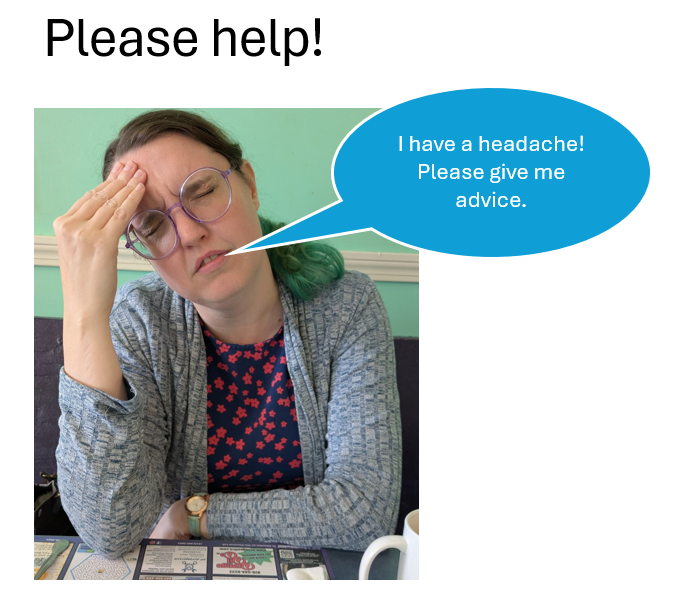For my fifth CELTA teaching practice, I taught my first Upper-Intermediate lesson — a listening and speaking class built around the theme of getting lost. The goal was for students to practice listening for gist and specific information, and then speak fluently about their own experiences of getting lost.
The Lesson
The lesson began with a personal anecdote about a travel misadventure in South Africa to set the context and engage learners. Students then shared their own stories in pairs before listening to a recording about Luiza, a woman who got lost while exploring a forest.
Learners completed a series of listening tasks — first for gist (identifying where she was and what went wrong), then for specific details (how she got lost, how she decided which direction to go, and what helped her find her way again).
Finally, students discussed what they thought happened next and reflected on their own experiences of getting lost, bringing together both comprehension and personal communication skills.
Tutor Feedback
My tutor praised the lesson’s clear aims, logical sequencing, and engaging context, noting that the story-based topic worked well for Upper-Intermediate learners. They described it as a “successful first UI lesson” that encouraged participation and created opportunities for students to personalize the content.
Some of the feedback I received included:
- Strengths: Excellent preparation, engaging lead-in, good pacing, and confident monitoring of breakout rooms.
- Areas to develop: Reduce teacher talking time (especially when reading instructions), make vocabulary clarification more student-centred, and extend feedback to include more learners.
- Suggestions: Add short “thinking time” before discussion stages to help students plan their answers and feel more confident speaking.
My Reflection
This was one of the most enjoyable lessons I taught on the course. It was my first time working with Upper-Intermediate learners, and I was pleasantly surprised at how smoothly the lesson ran. I felt more relaxed, less scripted, and better able to manage spontaneous discussion than in my earlier TPs.
What I’m most proud of is how well I handled the vocabulary clarification. My language analysis had prepared me thoroughly, and I felt confident explaining meaning, form, and pronunciation for words like rare and protected, short cut, and clearing.
Still, I knew there was room to grow — especially in reducing unnecessary teacher talk and making tasks more interactive. I also wanted to continue building confidence in deciding when to correct errors on the spot versus saving them for delayed feedback, something I reflected on after this lesson.
Next Steps
For future lessons, I planned to:
- Continue reducing TTT and giving more thinking time before discussions.
- Explore more interactive ways to clarify vocabulary, such as matching or eliciting examples.
- Focus on pronunciation awareness, modelling both British and American variants when appropriate.
- Develop a quick “correction checklist” to help me identify whether a mistake should be corrected immediately or later in feedback.
These are the areas of improvement you will see in later posts in this series.



